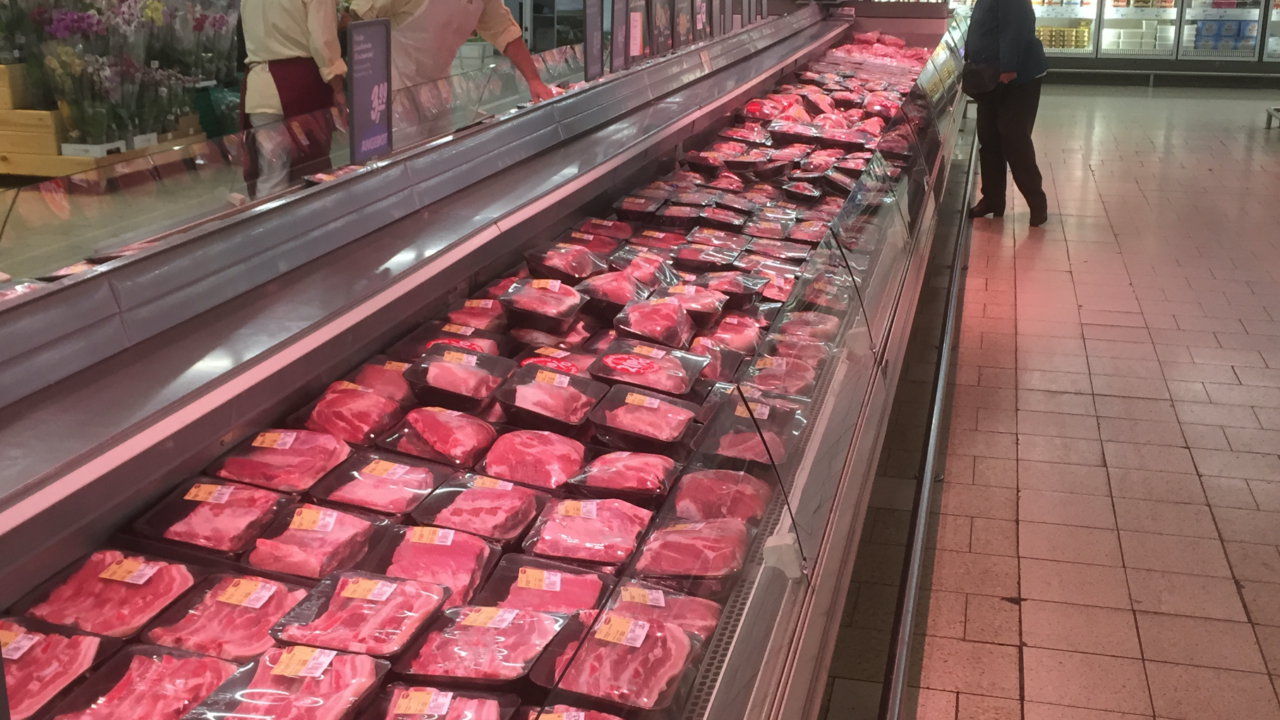Many of the more enlightened analyses of where agriculture and climate action challenges interweave, highlight the need for proper coordination between new approaches to food production and food pricing.
Unfortunately there seems to be very little willingness in Ireland or the EU for this proper coordination to be underscored by regulation on the food pricing side.
A statement in March from the Department of Enterprise, Trade and Employment (DETE) rejected farmer and processor demands for a ban on below-cost selling on fresh food products, as a misreading of the Groceries Order, which was abolished in 2006.
The press statement suggested the Groceries Order did not apply to fresh food. Talk about missing the point.
Food pricing for fresh food
The omission of fresh food from a ‘ban on below-cost selling’ regulation in the past, can be easily remedied by including fresh food this time.
What is needed is specific legislation allowing for this.
Instead of engaging in a meaningful response to the need to balance increasing regulatory costs for food production by ensuring higher prices for sustainable food production, the government response seems to be focused only on new legislation promising publication of wholesale prices.
The idea here seems to be to explore whether processors are holding out on farmers in terms of passing back better margins. This is a sideshow.
Gross profit of sectors
Each year, the Central Statistics Office (CSO) publishes the Census of Industrial Production, which analyses, among other things, the Gross Value Added (GVA) of each sector of industry.
While it includes salaries and other costs, GVA is an indicator of the gross margin / profit across businesses.
Consistently over the last 20 years, the primary dairy and meat processing sectors, (co-ops and meat factories to you and me), have shown the lowest margin of all industry in the Irish economy.
Furthermore, this low margin phenomenon is well-known by government departments and agencies.
It is often used as a criticism of these sectors, particularly in comparison to the multinational sectors whose GVA profit / margin figure is 20-100 times greater as indicated in the chart below.

To be very clear, even the DETE accepts that food prices are not set by meat and dairy processors, so higher food prices will not be delivered by publishing wholesale prices.
Direct legislation on minimum pricing is required.
This ‘laissez-faire’ attitude to prices is also reflected in the EU Green Deal in terms of legislative and interventionist provisions to ‘promote’ new ways of agricultural production, which are less environmentally impactful and require reduced carbon outputs.
However, the quid pro quo in terms of higher food pricing to reflect higher regulatory cost is left to a vague statement that “there will have to be greater alignment between consumer demand for regulated food production and pricing”.
This really is not good enough.
Supermarket dominance on food pricing
Supermarket and discounter dominance of food pricing, based primarily on the use of fresh foods, meat, dairy and vegetables as loss leaders sold at or below cost, does not represent natural economic competition.

Below-cost selling is a stunt, a ruse, a three-card trick.
Fresh meat, dairy and vegetables are either sold on promotion or at everyday low prices, while the store owner makes up margin loss on the other 15,000 items sold in a supermarket / discounter.
Everyday low prices are not a natural part of any other consumer category.
A cursory look across ‘modern’ consumer categories in a modern economy, will show that below-cost stunts are certainly not a natural part of the pharmaceutical sector or the smartphone / I.T sector.
Not only is below-cost selling unheard of in these sectors, but producers like Apple or the large pharma companies, actually set minimum consumer prices.
This capability to set minimum prices is not only accepted by consumers and regulators, it is well understood as being the core driver of innovation and new technology development in these sectors.
A genuine quid pro quo, if you like.
Governments can take immediate action
We have also had 30 years of experience with renewable energy pricing policies and regulation, using direct price supports such as Feed-in Tariffs (FIT) and state support for capital investment.
This shows us that improved environmental outcomes can be delivered if governments and the European Union (EU) wish it to be so.
The Covid-19 pandemic surely demonstrated that where there is a crisis, governments and industry can work together extremely quickly to establish the (very large) financial incentives and market structures required to deliver solutions.
The biggest obstacles to a more balanced food price versus food production dynamic, are a failure and lack of willingness to apply 21st century consumer market dynamics to food consumption.
Also to ultimately recognise the disconnectedness between the dominant food retailer addiction to, and abuse of, everyday low pricing and the sustainability of the planet.
This is unsustainable and requires direct legislation to deliver change and balance.
